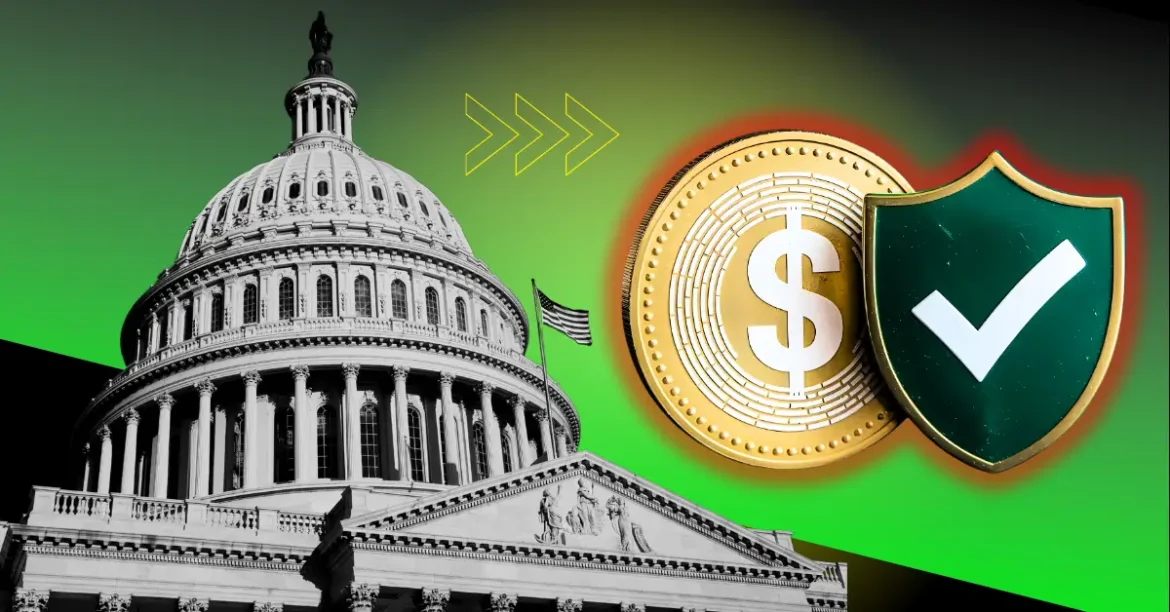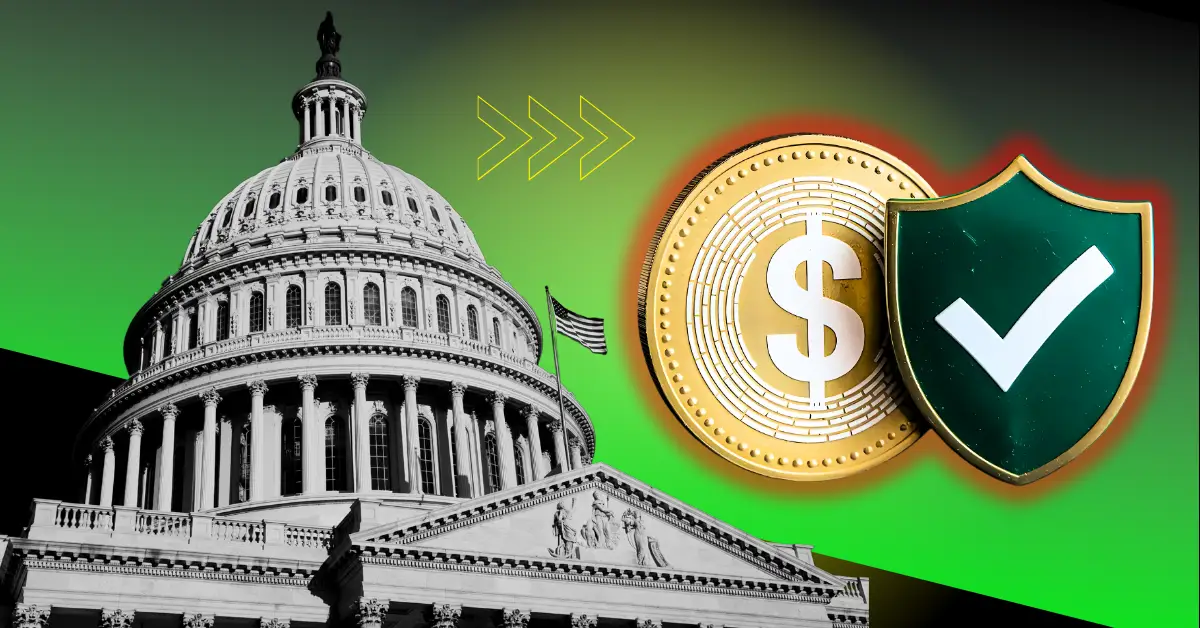Understanding the Emerging Impact of Stablecoins on U.S. Treasury Debt Demand
As the financial landscape evolves, stablecoins—digital assets pegged to traditional fiat currencies, notably the U.S. dollar—are rapidly transitioning from niche crypto instruments to influential players in global finance. Treasury Secretary Scott Bessent’s recent projections that stablecoins could generate up to $2 trillion in demand for U.S. government debt highlight this transformative potential. This analysis explores the underpinnings of this anticipated surge, the broader implications for U.S. Treasury markets, currency dominance, and the global economic order.
The Rise of Stablecoins and Their Growing Market Capitalization
Stablecoins have witnessed remarkable growth, with their combined market capitalization recently exceeding $200 billion, a figure poised to expand significantly. Estimates indicate that by 2028 or 2030, stablecoins could represent a $2 trillion market, underscoring their increasing adoption and integration into mainstream financial systems. This scale-up is driven not only by investor interest but by strategic governmental support, including regulators and the U.S. Treasury, which view stablecoins as tools to enhance financial infrastructure and secure dollar hegemony.
Stablecoins’ Role in Driving Demand for U.S. Treasury Securities
A critical nexus in this development is the demand for U.S. Treasury securities, which stablecoins can underpin. By design, many stablecoins are backed by reserves that include U.S. Treasuries—often short-term Treasury bills—due to their liquidity, safety, and regulatory acceptability. As stablecoin issuers expand, their need for these highly liquid government securities intensifies, potentially creating a new, robust source of demand for U.S. debt.
This phenomenon can help offset a notable geopolitical shift: China’s steady reduction in its U.S. Treasury holdings from a peak of $1.32 trillion in 2013 down to approximately $784 billion. The withdrawal of such a major player has raised concerns about who might fill the funding void. Stablecoins, backed by dollar-denominated assets and widely used in digital transactions, are emerging as prominent candidates to maintain and possibly exceed existing demand levels.
Strengthening the Dollar’s Global Reserve Currency Status
Beyond debt market dynamics, stablecoins are poised to reinforce the U.S. dollar’s global dominance. Amid anxieties about “de-dollarization”—the gradual erosion of the dollar’s stature as the world’s primary reserve currency—stablecoins offer a digital reinforcement. Their programmability, transparency, and ease of cross-border transfer elevate the dollar’s utility in global trade and finance.
Treasury Secretary Bessent and other policymakers emphasize that stablecoins are not merely efficient payment tools but strategic instruments to maintain and extend the post-World War II economic order anchored in dollar prominence. By encouraging innovations tied to digital dollars, the U.S. government aims to preempt rival digital currencies, including those issued by competing state actors or emerging economies seeking alternatives to dollar hegemony.
Implications for Financial Stability and Regulatory Considerations
While growth prospects are significant, stablecoins also introduce new dimensions of financial risk and regulatory scrutiny. Past episodes, such as the temporary loss of the dollar peg by Circle’s USD Coin linked to reserve mismanagement, emphasize the importance of transparency and reserve integrity. Regulatory bodies, including the Federal Reserve and the Treasury, advocate for clear frameworks to govern stablecoin issuance, reserve backing, and consumer protections to prevent systemic shocks.
Supporting stablecoins with solid regulatory oversight can simultaneously enable innovation and protect the integrity of U.S. financial markets. This balance is key to leveraging stablecoins as reliable sources of demand for Treasuries and as durable pillars of monetary sovereignty.
Broader Market and Economic Reverberations
The infusion of stablecoins into Treasury markets could influence yield curves, liquidity conditions, and the composition of government debt holders. With stablecoins increasing demand particularly for short-dated Treasury bills, market dynamics may shift, potentially lowering borrowing costs for the government and altering the behavior of traditional bank and institutional investors.
Moreover, the digitization and tokenization of financial assets, including U.S. debt instruments, extend beyond stablecoins themselves. McKinsey estimates suggest tokenized asset markets—excluding cryptocurrencies—could reach around $2 trillion by 2030, pointing to a broader transformation in how financial assets are issued, traded, and held.
Conclusion: Stablecoins as Strategic Catalysts in U.S. Treasury Markets and Dollar Hegemony
Stablecoins stand at the crossroads of technology, finance, and geopolitics. The potential $2 trillion demand for U.S. government debt arising from these digital assets signifies more than a new investor class—it reveals a deepening integration of digital finance with traditional monetary policy instruments. Supported by strategic governmental endorsement, stablecoins are poised to buttress Treasury markets, sustain dollar dominance amid shifting global power balances, and catalyze broader financial innovation. Managing their growth with prudent regulation will dictate their ultimate role as pillars of both market stability and U.S. economic leadership in the digital age.





